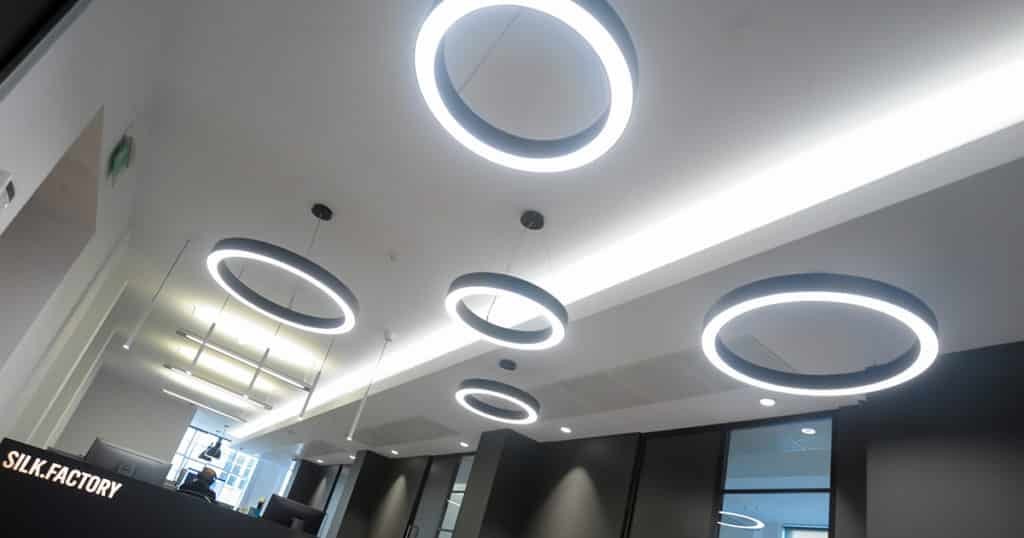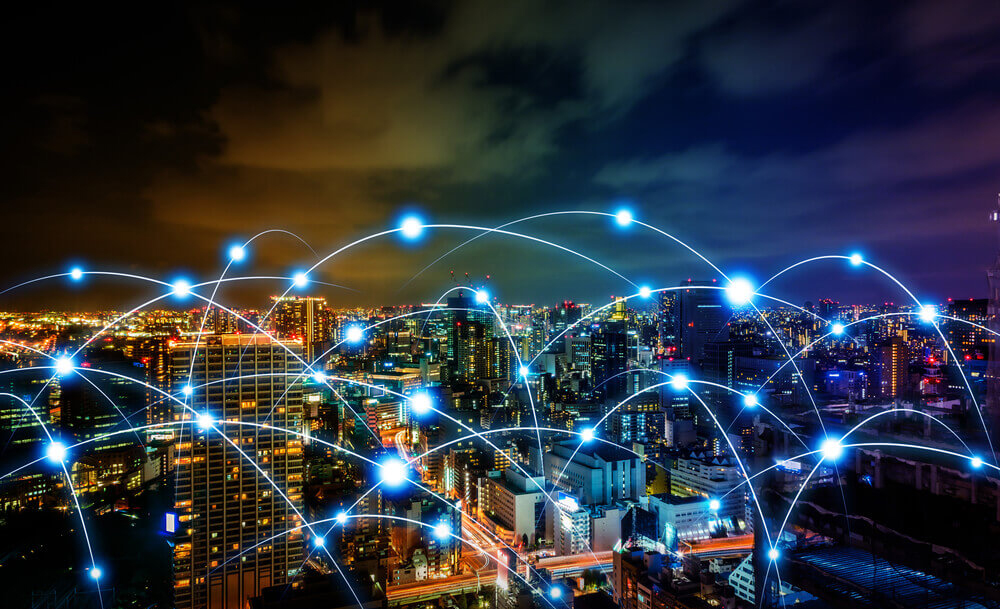Outdoor Smart Lighting
Landscape Lighting
Landscape lighting has transcended its traditional role of mere aesthetics, evolving into a sophisticated realm with the advent of smart lighting technology. Smart outdoor lighting systems allow users to dynamically illuminate their landscapes, emphasizing key features like gardens, pathways, and architectural elements. LED smart lights can be programmed to change colors, brightness, and even patterns, offering a customizable outdoor ambiance. This not only enhances the curb appeal of a property but also provides an additional layer of safety by illuminating potential tripping hazards.
Optimizing for SEO: Transform your outdoor space with cutting-edge landscape lighting. Explore the benefits of smart outdoor lights for gardens, pathways, and architectural highlights. Programmable LED lights add a touch of magic to your landscape, enhancing both aesthetics and safety.
Security and Safety Features
Outdoor smart lighting serves as a powerful deterrent against intruders and enhances overall security. Motion-activated lights can startle potential trespassers, drawing attention to their presence. Additionally, smart lighting systems can be integrated with security cameras and sensors, triggering lights in response to suspicious activities. This not only safeguards your property but also provides peace of mind. Illuminated pathways and entrances also contribute to the safety of residents and visitors, reducing the risk of accidents in poorly lit areas.
Optimizing for SEO: Fortify your home security with outdoor smart lighting. Discover motion-activated lights and integrated systems that deter intruders. Explore how smart lighting enhances safety with illuminated pathways and entrances.
Integration with Weather Conditions
Outdoor smart lighting systems can be seamlessly integrated with real-time weather data, offering a responsive and adaptive lighting experience. Imagine your lights adjusting to the changing weather—soft, warm tones during clear nights, and subtle, calming hues during rain. This not only adds a delightful atmospheric touch to your outdoor space but also showcases the versatility of smart lighting technology. Such integration can be automated or adjusted manually through smart devices, providing users with unparalleled control over their outdoor ambiance.
Optimizing for SEO: Elevate your outdoor experience with smart lighting that responds to weather conditions. Explore the magic of adaptive lighting—soft glows on clear nights and calming hues during rain. Control your outdoor ambiance with real-time weather integration.
Read more: Connected Entertainment Systems: Revolutionizing Your Digital Experience
FAQs
Q: Are smart lighting systems compatible with all types of bulbs?
A: Yes, most smart lighting systems are designed to work with a variety of bulbs, including LED, CFL, and incandescent.
Q: Can I control smart lighting when I’m away from home?
A: Absolutely! With remote access through dedicated apps, you can manage your lights from anywhere with an internet connection.
Q: Are smart lighting systems difficult to install?
A: Not at all. Many systems are designed for easy installation, often as simple as replacing a traditional lightbulb.
Q: Do smart lighting solutions save on energy costs?
A: Yes, by incorporating features like motion sensors and scheduling, smart lighting can significantly reduce energy consumption and lower utility bills.
Q: Can I integrate smart lighting with other smart home devices?
A: Indeed. Smart lighting often seamlessly integrates with other devices like thermostats, security systems, and voice assistants for a fully connected home experience.
Q: What is the lifespan of smart bulbs?
A: Smart bulbs, especially LED variants, typically have a longer lifespan than traditional bulbs, lasting up to 20,000 hours or more.
Conclusion
As we bask in the glow of Smart Lighting Solutions:, it’s evident that the future is bright—literally. Embrace the revolution, enhance your living spaces, and witness the magic of intelligent illumination unfold.


